Major Wheeler Red Trumpet Honeysuckle – 6-Pack Of 1 Gallon Pots (On Stake)
$199.97 Original price was: $199.97.$97.99Current price is: $97.99.
SKU: D2LSC 953189181 Categories: Vine Plants, VINES & CLIMBERS
- Your needs, our top priority.
- Safe Transactions, Always
- Unbeatable quality, unbeatable prices.
- Quality and Affordability Combined

‘Major Wheeler’ Red Honeysuckle
Lonicera sempervirens ‘Major Wheeler’
Plant Details
USDA Plant Hardiness Zones: 4a-9b Find Your Zone
Plant Type: Evergreen Flowering Vine
Height or Length at Maturity: 10’+
Width at Maturity: 2-3′
Spacing: 3-5′ apart to cover fences or other structures
Spacing: 3-5′ apart to cover fences or other structures
Growth Habit / Form: Climbing, Dense, Spreading/Trailing, Twining, Twisted Branching, Upright
Growth Rate: Fast to Very Fast
Flower Color: Bright Red
Flower Type: Single, trumpet-shaped
Flower Size: 1.5-2″ long
Flowering Period: Late Winter or Early Spring to Mid or Late Winter
Flowering Period: Late Winter or Early Spring to Mid or Late Winter
Fragrant Flowers: No
Foliage Color: Deep Blue-Green
Fragrant Foliage: No
Berries: Yes, Red
Sun Needs: Full to Mostly Sun or Part Shade
Water Needs: Average. Drought tolerant when established
Soil Type: Clay, Loam, Sand, Silt
Soil Drainage: Well Drained
Soil pH: 5.5 – 8.0
Maintenance / Care: Low
Attracts: Birds, Butterflies, Hummingbirds, Visual Attention
Resistances: Deer – more info, Disease, Drought, Insect, Mildew
Description
Blooms 10 months straight – your hummingbirds will never go hungry!
Hands down the BEST red flowering honeysuckle vine we’ve ever grown in our gardens, and the hummingbirds that flock to it will agree, ‘Major Wheeler’ Trumpet Honeysuckle is a “MAJOR” improvement of the species. Why? Because, unlike other red honeysuckles, the deep blue-green leaves of Major Wheeler are absolutely mildew-free and the vine blooms year round in our Georgia gardens. Even during the rainiest and most humid summers you’ll see no mildew on the leaves and there’s never a month during the year the vine doesn’t have flowers on it!
But the great attributes don’t stop there…
In late winter or very early spring, profuse dangling clusters of radiant-red trumpet-shaped flowers appear and continue in cycles all the way through fall and into winter in most zones where it will grow – USDA Zones 4a-9b. The flowers were perfectly designed by mother nature for hummingbirds to feed on, and they find them irresistible. Here in our north-central Georgia gardens, our Major Wheeler Honeysuckle seems to always be in bloom…at least 10 months out of the year but usually throughout the entire year.
We have Major Wheeler growing over an entryway arch in our gardens that leads to a patio sitting area. In just two years the vine has densely covered the 8-foot high by 5 foot wide wooden arch. We love to relax on the patio and watch the hummingbirds feed all day long.
The vine does not cling to walls and other surfaces, however, will grow up and on just about anything that provides its vines something to twine around.
Landscape & Garden Uses
Growing 10 feet or more tall or long and 2 to 3 feet wide, Major Wheeler is an absolute must and the BEST honeysuckle for hummingbird gardens! It is ideal for use to climb along the top of fences, on a trellis, on a pole, post or mailbox, over an arch, arbor or pergola, or any other structure that will provide something for the vines to twine around.
Suggested Spacing: 3 to 6 feet apart to cover fences or other structures
Growing Preferences
Major Wheeler Honeysuckle is easily grown in average, moist but well-drained soils and full sun to light shade. The vine produces more flowers and is more vigorous in full sun, where it completely covered an 8 foot tall wooden arch in our gardens in just two years. We recommend at least 6 hours of direct sunlight per day. It is quite drought tolerant when established and hardy in USDA Zones 4a-9b Find Your Zone
Helpful Articles
Click on a link below to find helpful advice from our experts for how to plant, prune, fertilize and water Honeysuckle vines.
How To Plant And Care For A Honeysuckle Vine
How To Train Vines To Grow On A Fence, Trellis, Pergola, Post, Wall Or Other Structure
Hummingbird Garden Design Tips
Plant Long & Prosper!
Meet The Wilson Brothers & Staff
Questions? Contact Us!
Be the first to review “Major Wheeler Red Trumpet Honeysuckle – 6-Pack Of 1 Gallon Pots (On Stake)” Cancel reply
Related products
Sale!
Edible Vines
Sale!
Clematis Vines
Sale!
Clematis Vines
Sale!
Vine Plants
Sale!
Clematis Vines
Sale!
Clematis Vines
Sale!
Vine Plants
Sale!
Clematis Vines



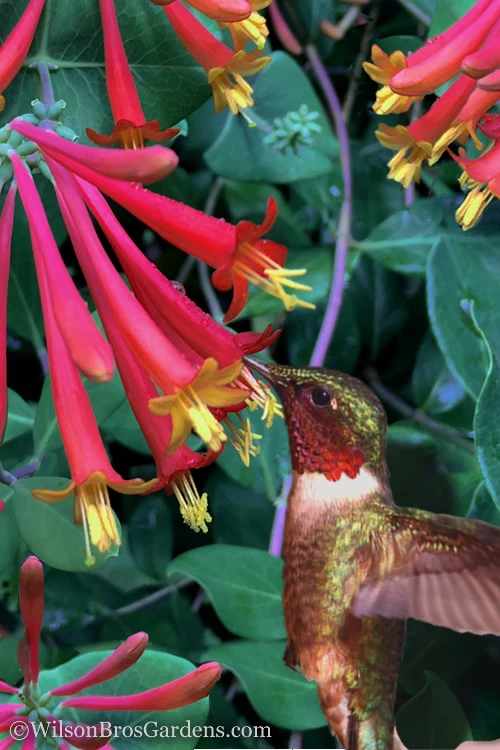
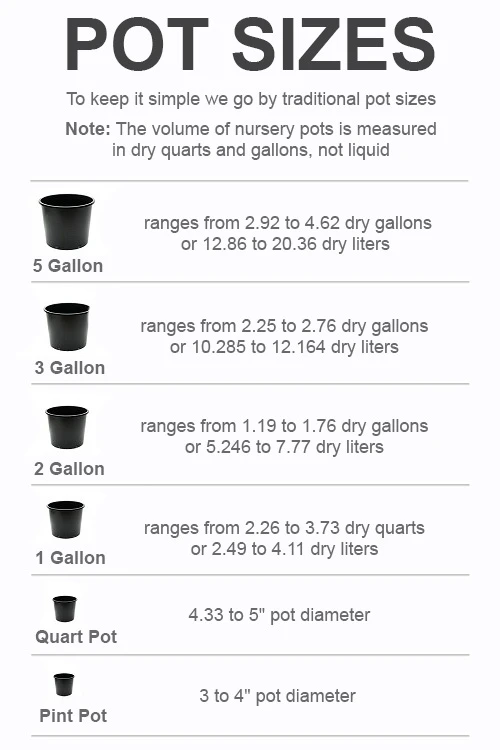

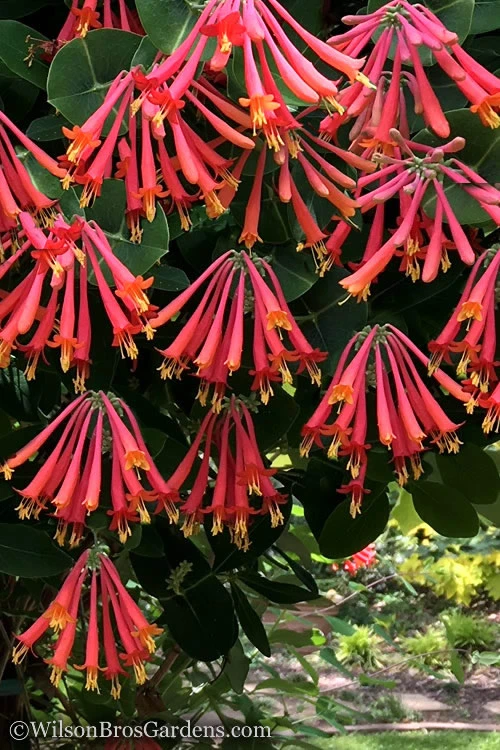




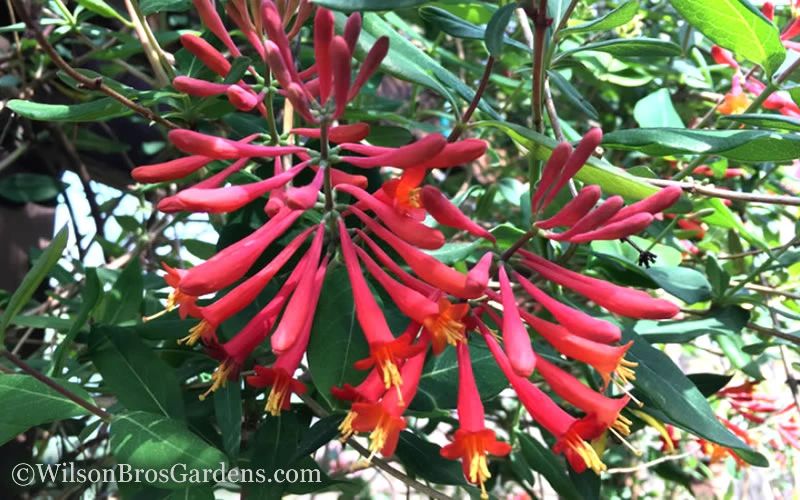

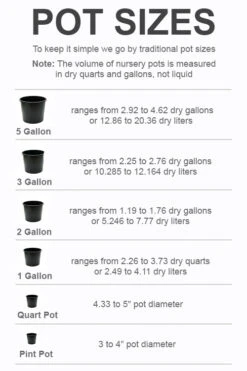


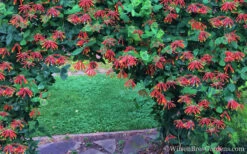
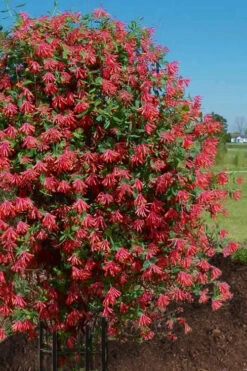






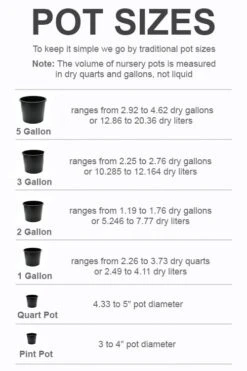
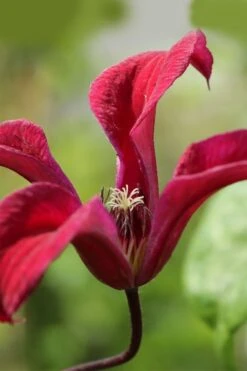

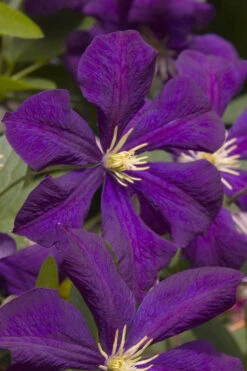


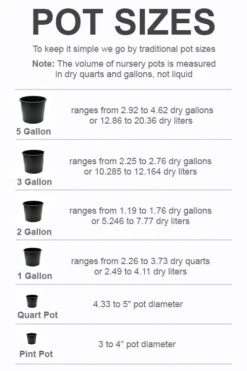
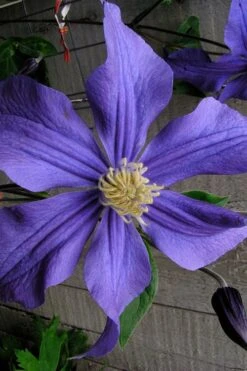
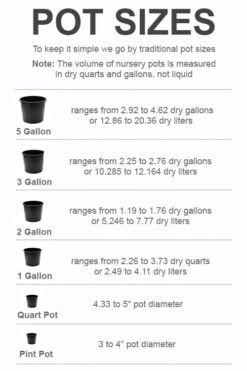
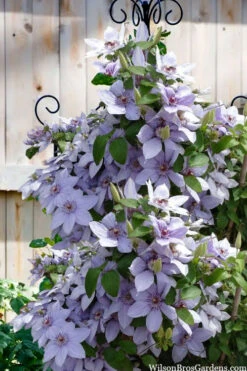
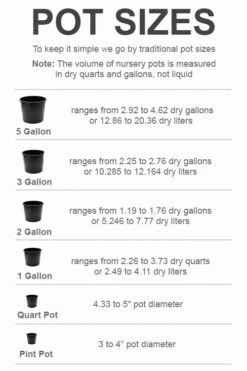
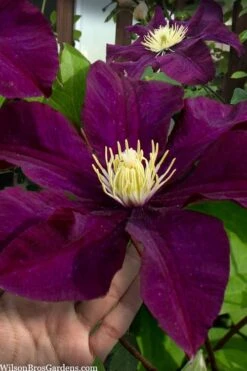
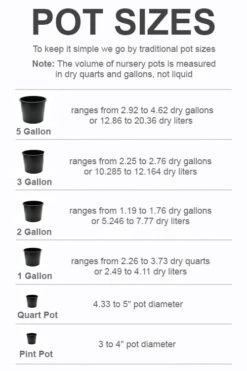
Reviews
There are no reviews yet.